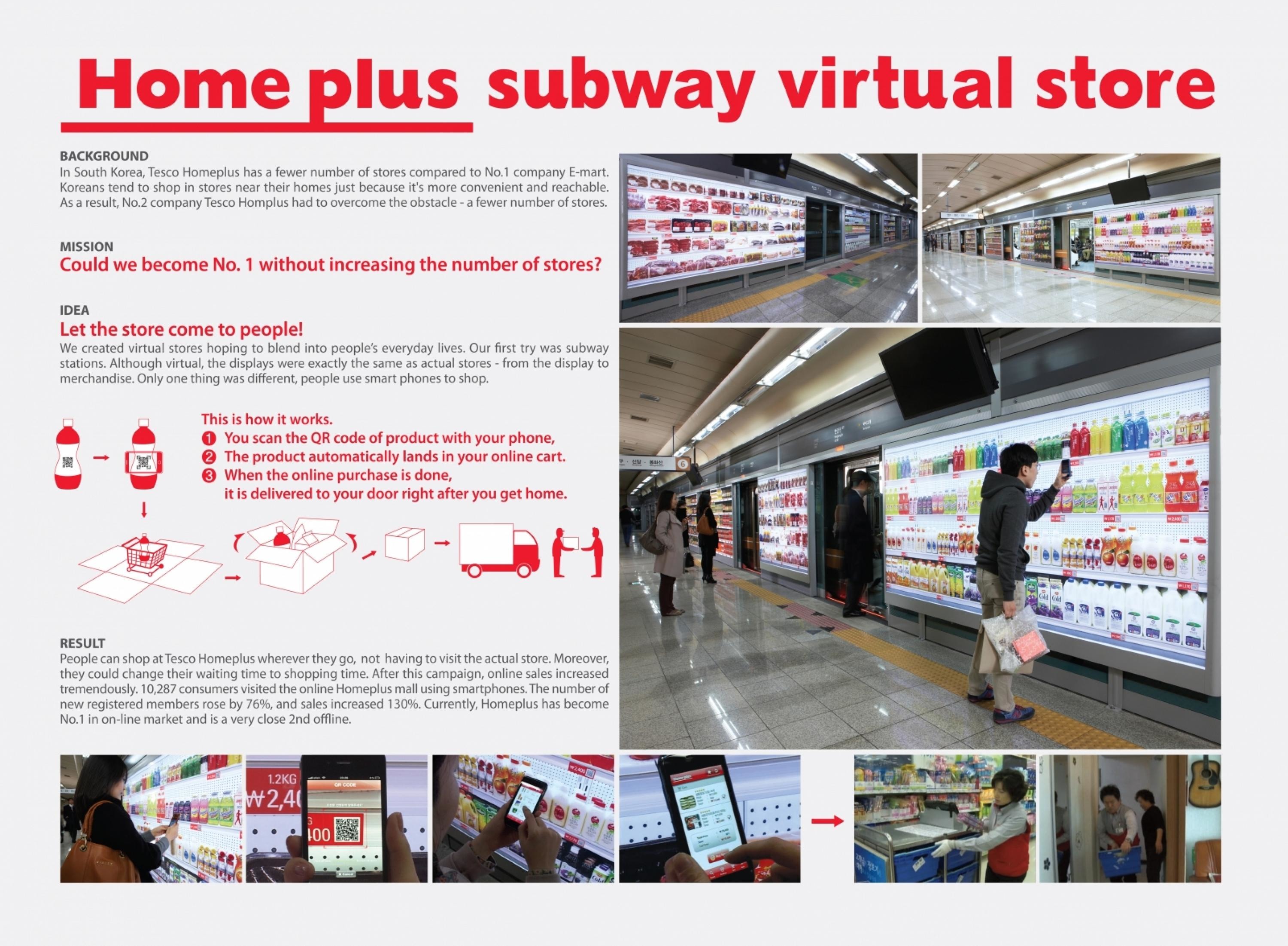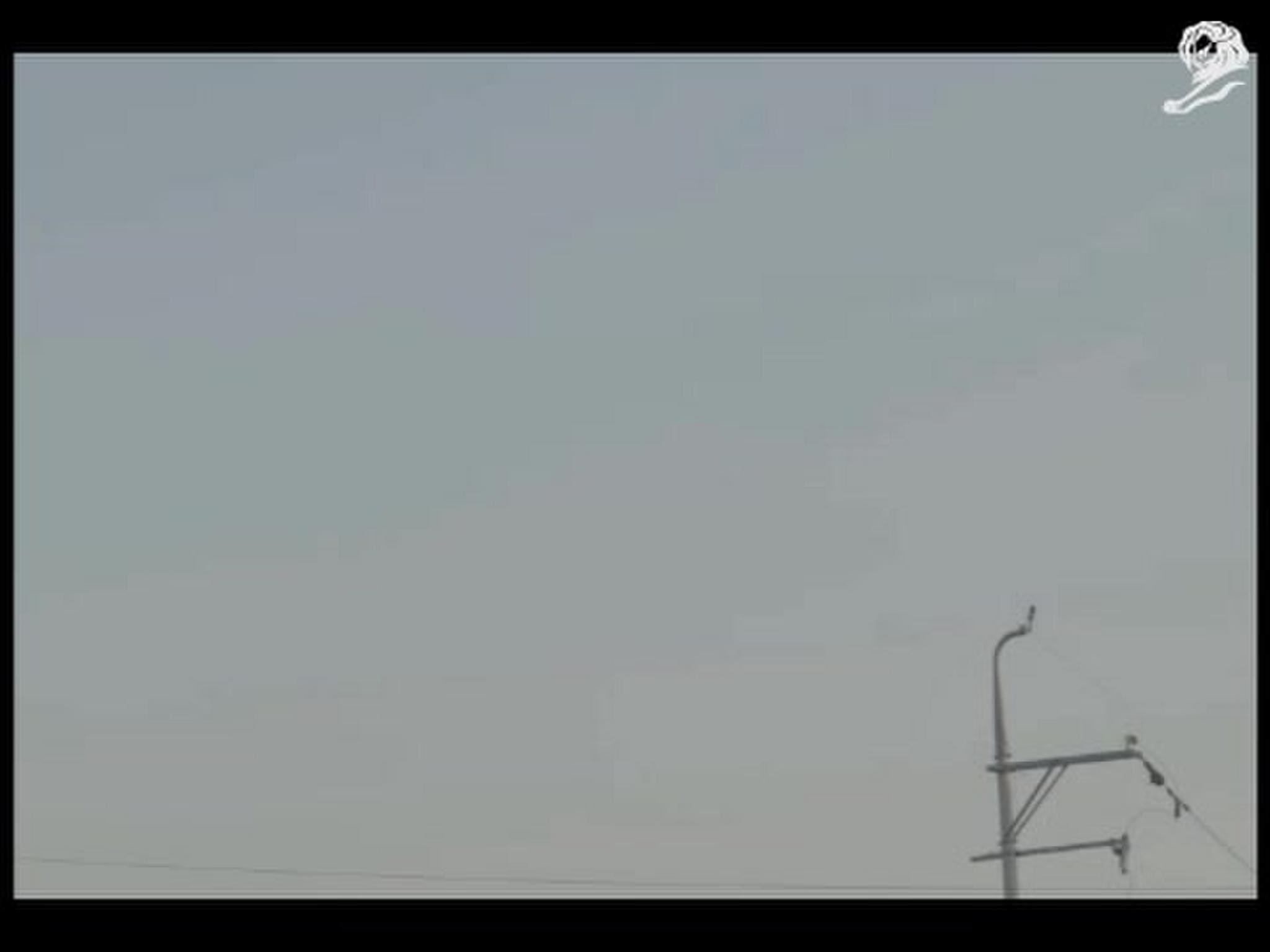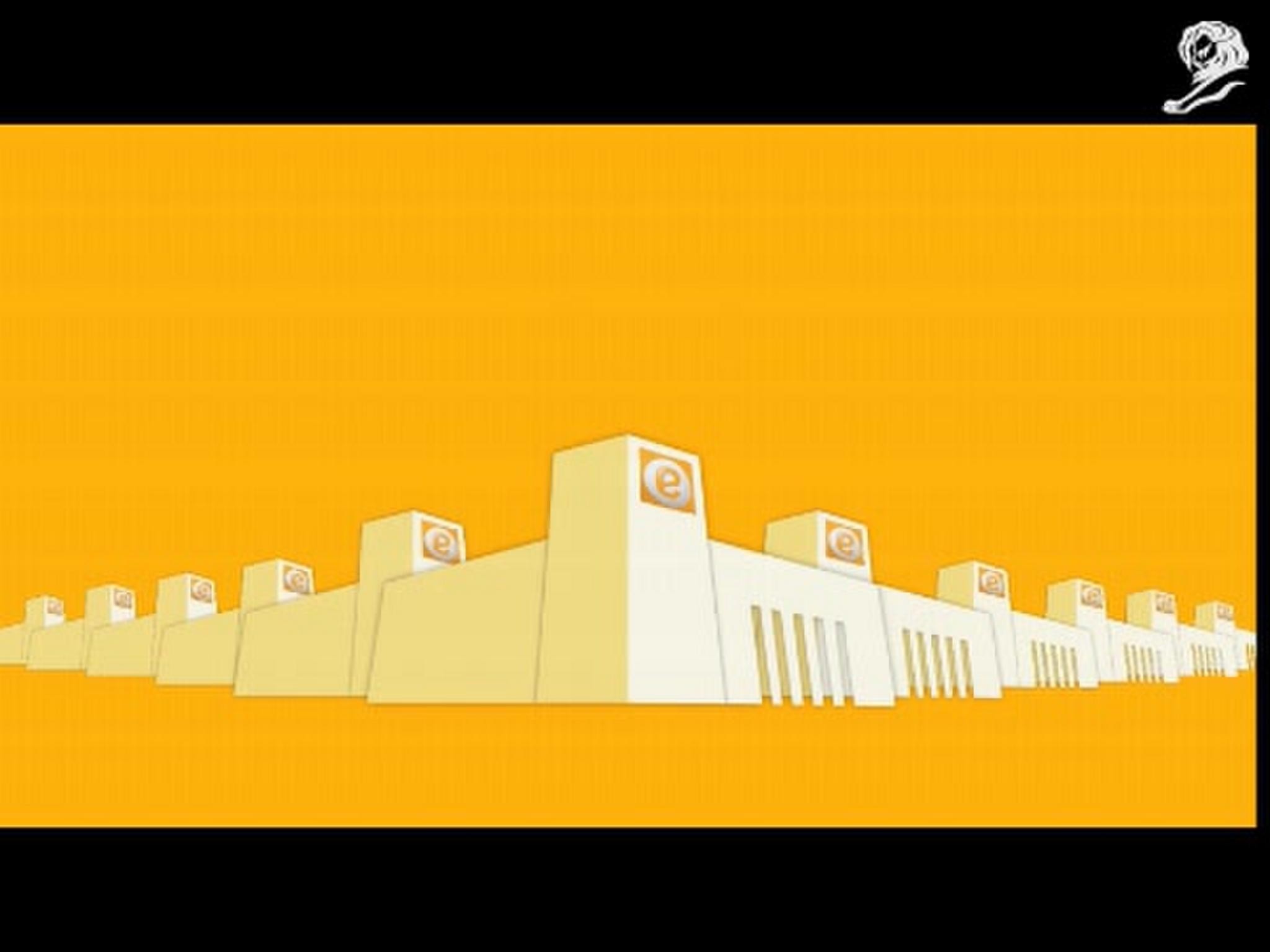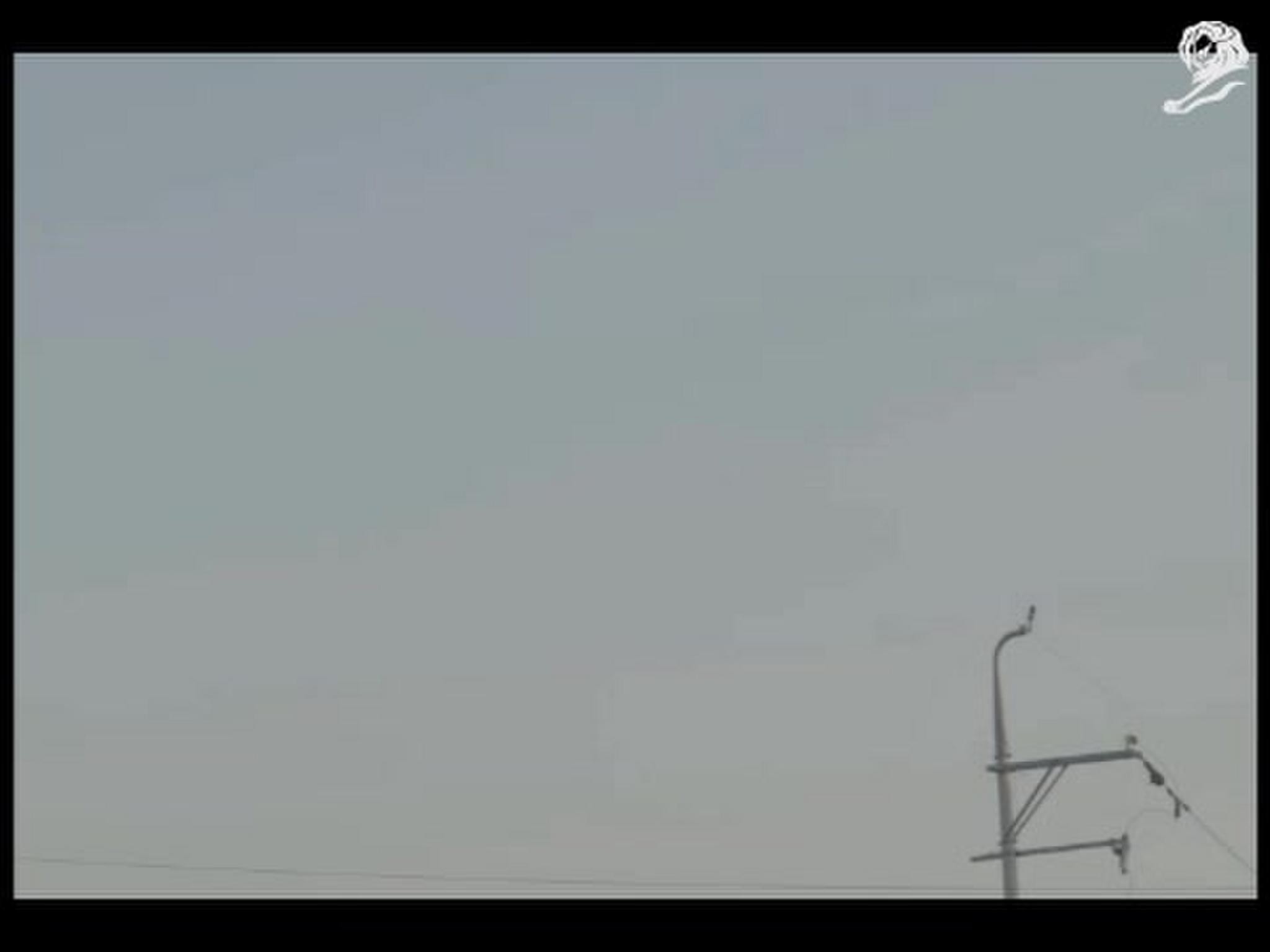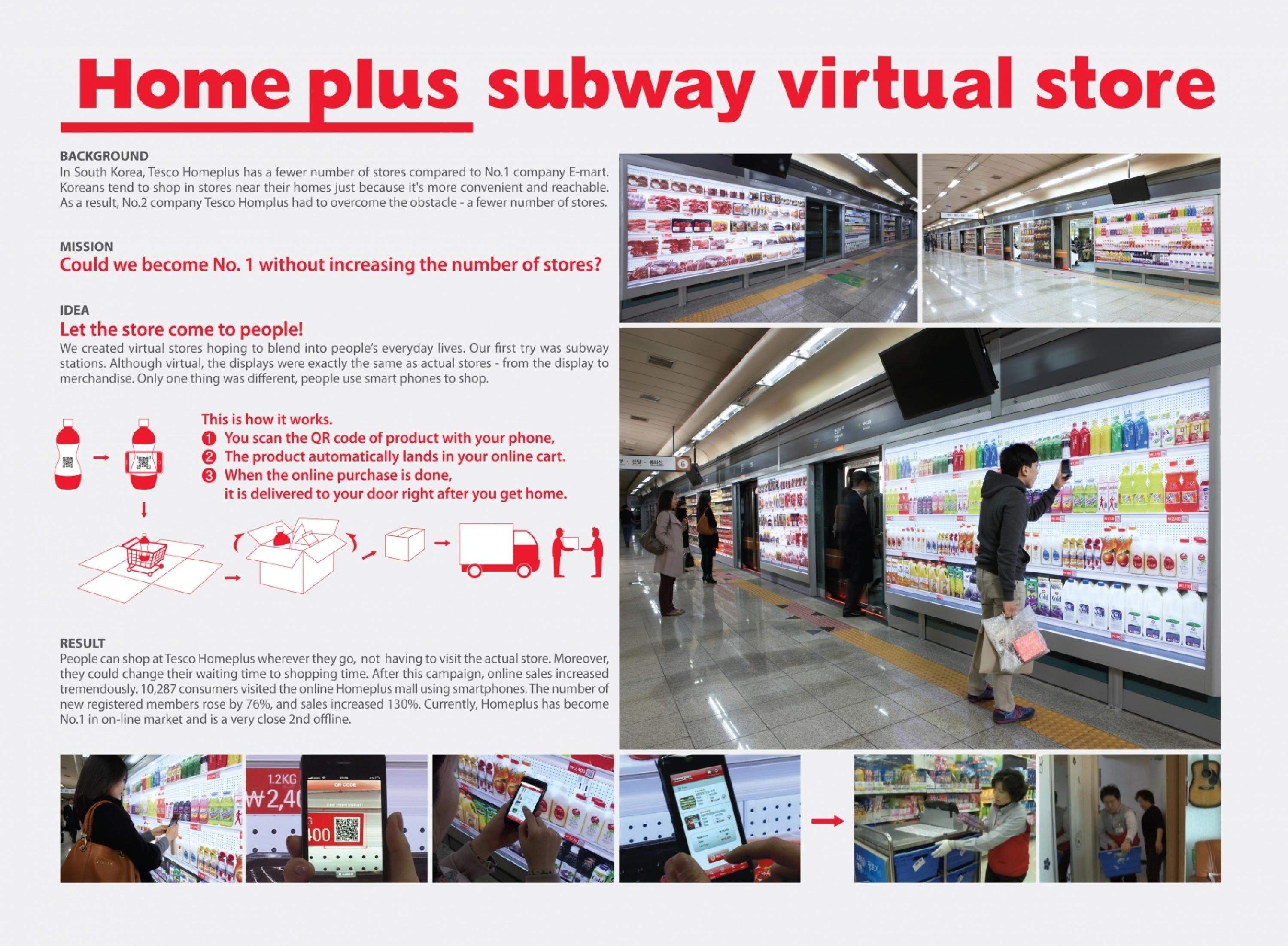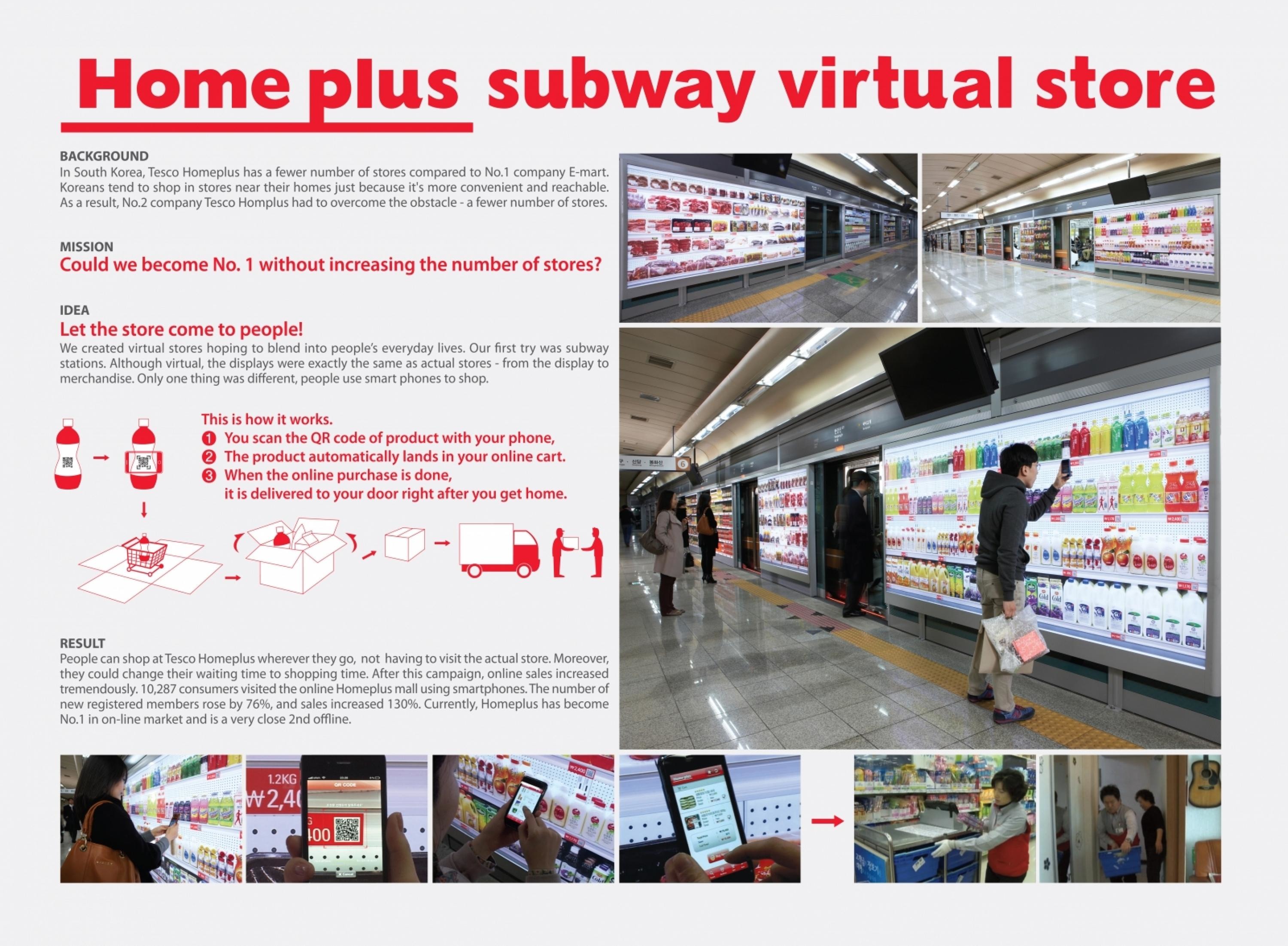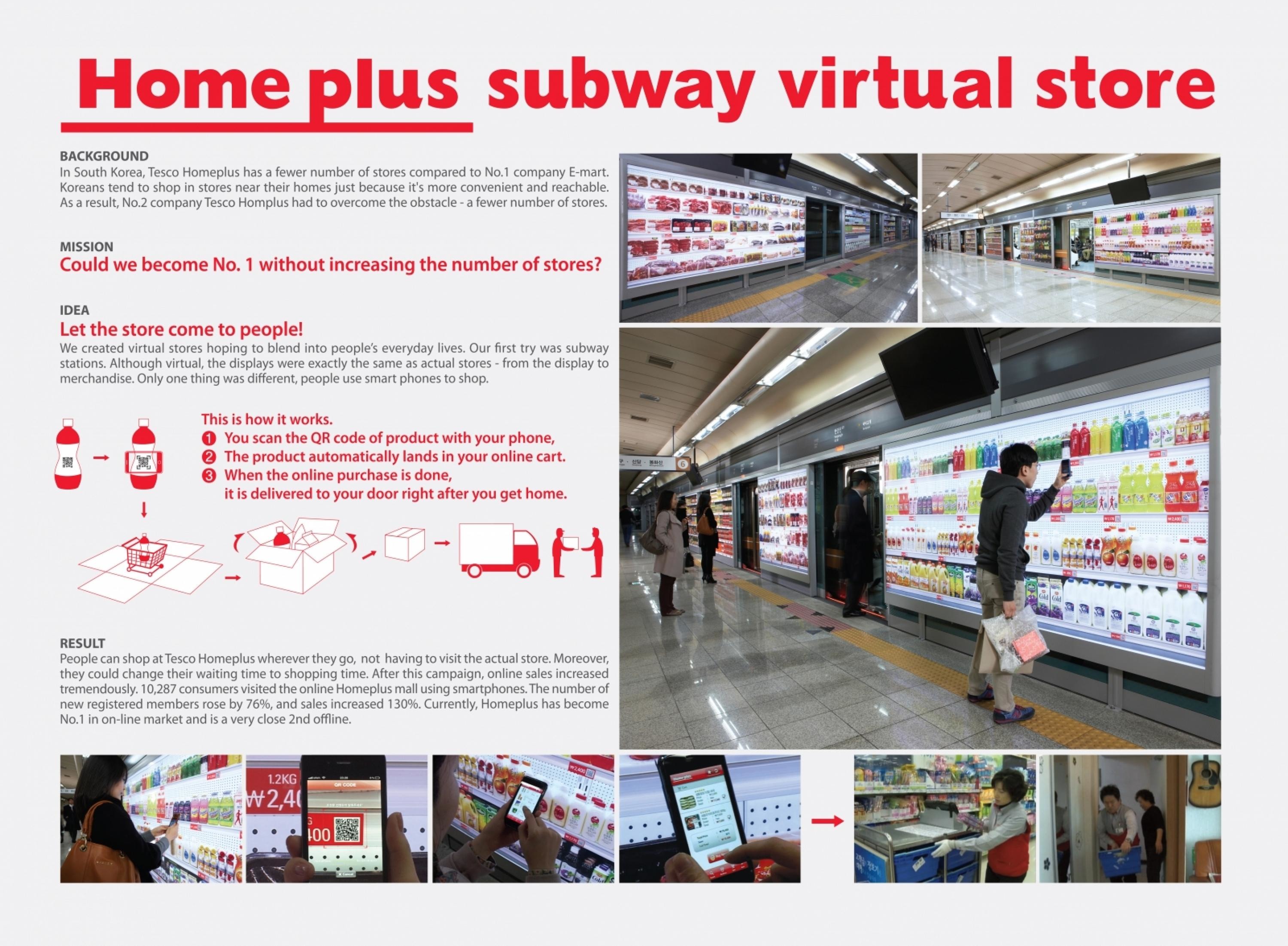Innovation > Innovation
GOOD VIBES: COMMUNICATION TOOL FOR THE DEAFBLIND
CHEIL WORLDWIDE, Gurgaon / SENSE INTERNATIONAL INDIA / 2018
Awards:

Overview
Credits
Overview
CampaignDescription
Idea: An app that turns the smartphone into a communication device for the deafblind.
• Insights
There are over 600000 known deafblind persons around the world. Many more remain unknown. Even in a developed country like America, less than 10% of them know Braille. The only medium of interpersonal communication for the deafblind is Pro-tactile Sign Language, which requires physical contact with someone who can interpret. And there aren’t many who can. This need for physical contact just to say hi to someone makes them feel shackled.
• Intention/purpose
The objective was to present the deafblind with a communication tool that would free them from the invisible shackles of physical proximity – by offering them something affordable, available, and dependable.
• Adaptation of an existing platform or new innovation
Our solution is built on the Android platform and is based on the 180-year old Morse code.
Execution
• How it works
Technically speaking, the Good Vibes app interprets ‘short tap’ and ‘long press’ as ‘dot’ and ‘dash’ of Morse code, combinations of which make letters and words. Messages can be composed by tapping away on the screen. The receiver of the message decodes the message by feeling sets of ‘short’ and ‘long’ vibrations.
This app can be navigated through a set of hand gestures and tactile inputs. Once installed by the caregiver of a deafblind person, the Good Vibes app always remains on.
• Components
Any Android smartphone with the Good Vibes app installed
• Platforms
Google’s Android
• What stage it is at
The beta version of Good Vibes app was launched on January 15, 2018 at the ‘National Training for Adult Deafblind’ event in Ahmedabad city, India, organised by Sense International. A group of 60 test-users included the deafblind as well as their caregivers and family members. After collecting feedback from them, we made further improvements to the app and released to the world at large via the Google PlayStore.
Outcome
• Long-term outcomes
For the first time in human history, the deafblind community has a two-way communication tool. It’s free, easy to access and learn, and works on the cheapest smartphones. With Sense International looking to incorporate Good Vibes as part of their curriculum for the adult deafblind, this could be the beginning of a whole new chapter.
• Scalability
The app is currently being used by a select group of deafblind adults and their caregivers under the guidance of Sense International India. It has tremendous potential to be widely adopted across the world. The strong technical core of this technology allows Good Vibes to also become a social networking app for the deafblind. Our future plans include integrating with popular messaging apps like SMS, Whatsapp, Facebook Messenger, etc., so that the deafblind community could community with the world at large.
Relevancy
This is the first ever two-way communication tool for the deafblind. Current language systems like Pro-tactile Sign Language and Finger Spelling require physical contact to communicate with each other.
Good Vibes has the potential to be a revolutionary social networking app that integrates the deafblind community into our world.
Solution
• What were the key dates in the development process?
Briefing – June 2017
Conceptualisation – July 2017
Design & Prototype Development – August to October 2017
Testing – November 2017
Final Build – December 2017
Beta Launch – January 15, 2018
Synopsis
• Technological influences
Morse Code, invented back in 1836 and experimental work done on Text to Morse converters.
• Context
The phone was a breakthrough invention as it allowed humans to communicate with each other in real-time, without having to be with each other. But for the deafblind community, it remained irrelevant.
• Limitations, restrictions, regulations
Since the deafblind can neither see nor hear, whatever we developed had to be tactile in nature – accept a tactile input and transmit it as a tactile/haptic output. There were no known precedents in this space.
• Budgets
It was for a good cause and for a non-profit organisation. So, shoestring would be an overstatement.
More Entries from Early Stage Technology in Innovation
24 items
More Entries from CHEIL WORLDWIDE
24 items
